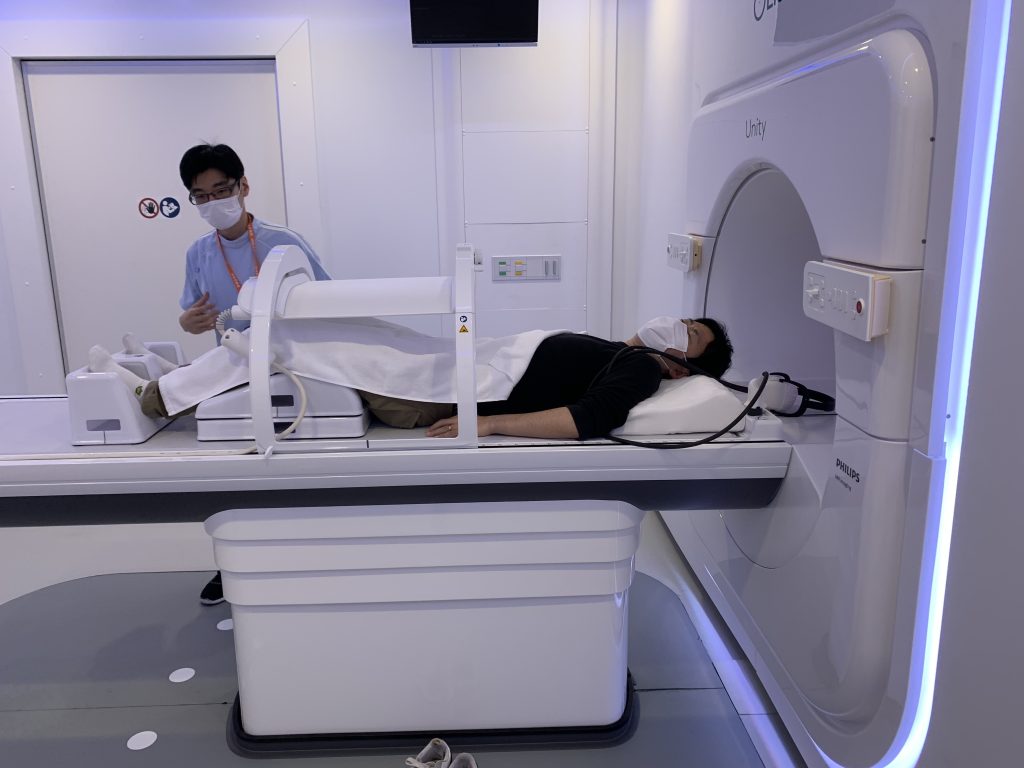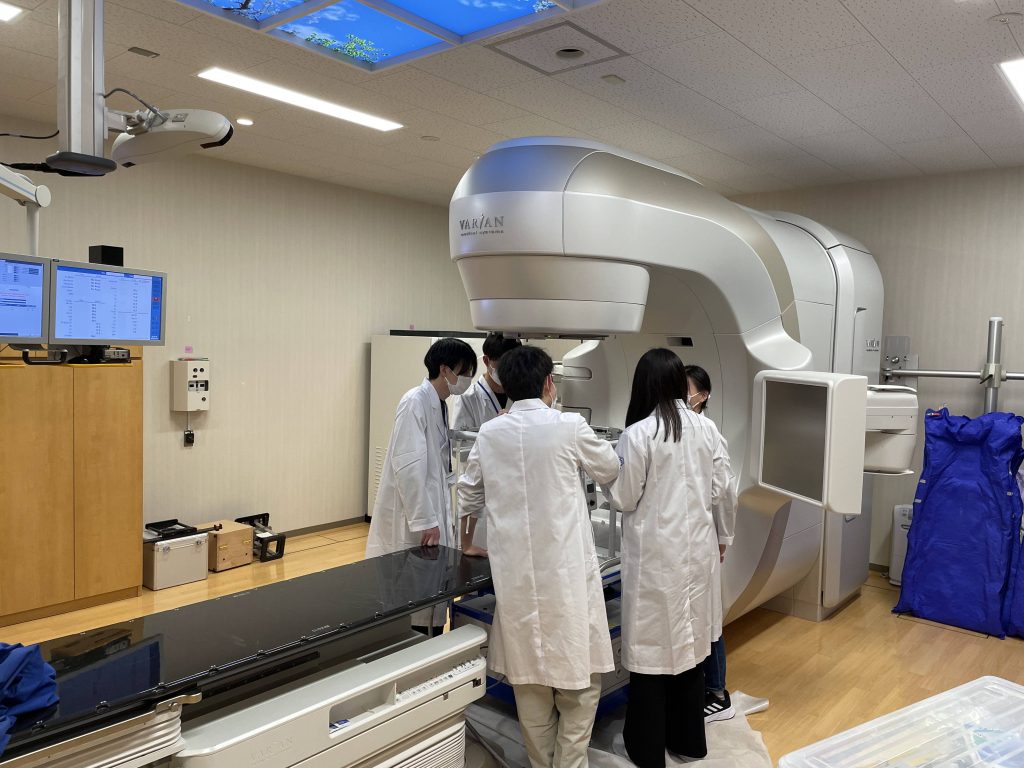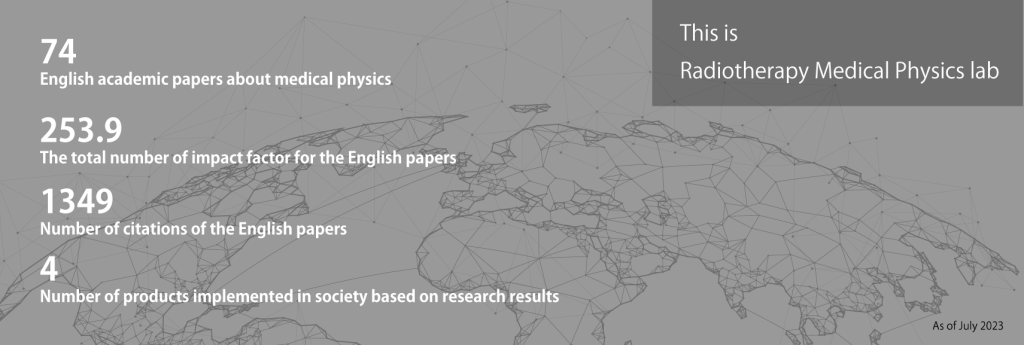Vision
Responsible for the future of medical physics of adiation therapy in Japan and overseas, engage in clinical work and research aiming to be “two steps ahead”
Aiming to become an educational base for clinical and research-type medical physicists in Japan and overseas
Tohoku University medical physics program started in 2011 with two departments (Radiation Oncology and Radiation therapy). As the two members of the faculty were medical physicists who employed to prepare medical physics program, they also joined the Radiation Oncology team to do clinical work. In 2013, the working environment for medical physicist were improved (e.g., room for only medical physicist), resulting in focus on medical physicist work. Then, the medical physics group has grown year by year, and as of 2023, there are 4 faculty members, 2 technical assistants, and 18 graduate students (master’s: 6, doctoral: 12) enrolled in the medical physics group. These members are actively engaged in clinical and research activities. Our medical physics group accepts highly ambitious students from all over the country, regardless of whether they are from science, engineering, or medical technology departments. We systematically train outstanding medical physicists and medical physicists who lead the physics industry. Most of our graduates have been employed as medical physicists at universities nationwide (e.g., assistant professor at Yamagata University, Kyoto Prefectural University of Medicine, etc.) and medical facilities (Miyagi Cancer Center, Komagome Hospital, etc.). In addition, more and more students are entering doctoral programs as working adults. In terms of education, the pass rate for the master’s course medical physicist examination has been as high as about 90% (the national average is 30%).
Our university is equipped with a state-of-the-art facility and is developing the cutting-edge technologies for radiotherapy. If you have interest on the research in our group, please feel free to contact us.




Leading the world in research and development of next-generation radiotherapy support systems
In terms of research, many graduate students in the master’s course give presentations at domestic conferences several times a year and once at international conferences, and actively submit papers. In the past 12 years, 13 English academic papers (first author) have been accepted by graduate students in the master’s course, and 27 by graduate students in the doctoral course. In particular, we are actively developing radiation therapy support systems using advanced medical image processing including artificial intelligence (AI). Technologies such as patient QA and AI-based treatment effect prediction are being implemented in society through domestic and overseas patents and commercialization. Under such a favorable research and educational environment, I would like to engage in research aiming to be “two steps ahead” with excellent staff, and realize the vision of our group, “Cure cancer with medical physics.” !

